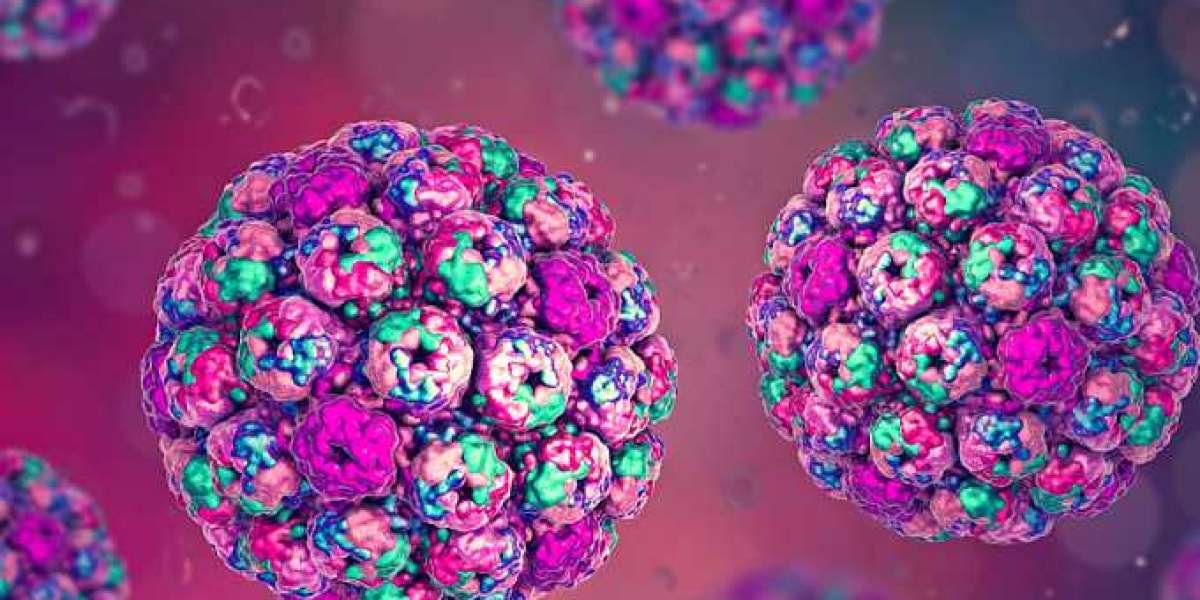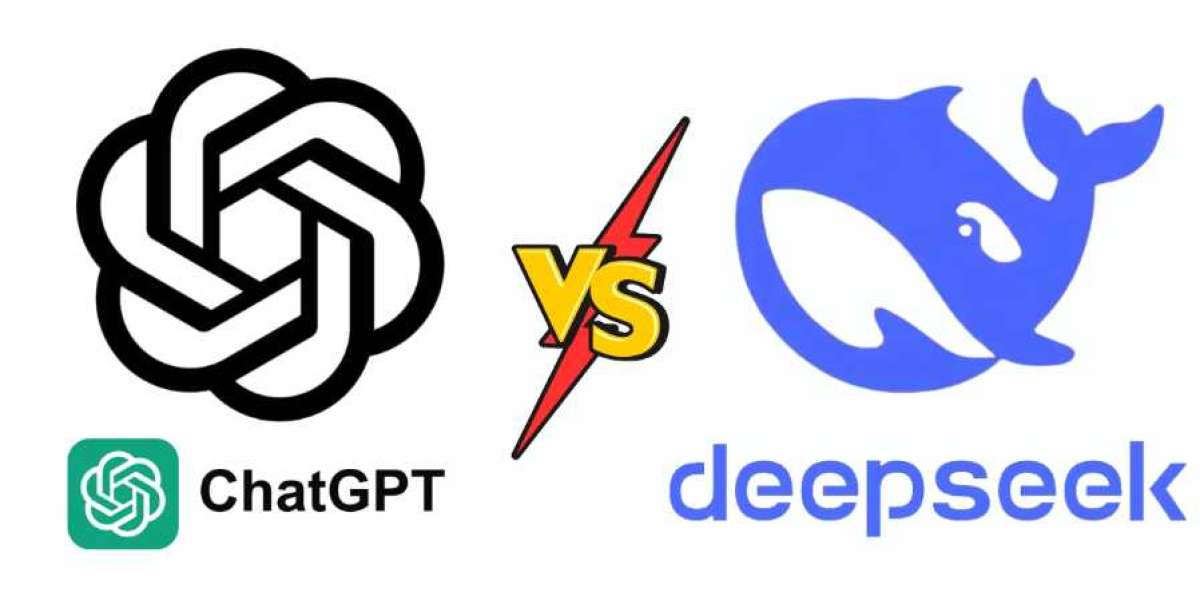The cGAS STING pathway market encompasses therapeutic agents designed to modulate the cyclic GMP–AMP synthase (cGAS) and stimulator of interferon genes (STING) signaling axis, a critical innate immune response mechanism. Products in this market include small-molecule STING agonists, antagonists, and nanoparticle-based STING agonist delivery systems, each offering advantages such as enhanced immune activation, improved bioavailability, targeted delivery, and reduced systemic toxicity. These modulators have shown promise in cancer immunotherapy, antiviral treatments, and vaccine adjuvant applications by promoting type I interferon production and boosting adaptive immunity. The growing prevalence of oncology indications, unmet needs in infectious disease treatment, and the shift toward precision immunotherapies underscore the need for advanced cGAS-STING Pathway Market modulators. Pharmaceutical companies and research institutions are investing in formulation innovation, combination regimens, and pipeline expansion to capture emerging market opportunities.
The Global cGAS STING Pathway Market is estimated to be valued at USD 0.89 Billion in 2025 and is expected to reach USD 4.36 Billion by 2032, growing at a compound annual growth rate (CAGR) of 25.5% from 2025 to 2032.
Key Takeaways
Key players operating in the cGAS STING Pathway Market are IFM Therapeutics, Bristol-Myers Squibb, Novartis, AstraZeneca, and Merck Co. These market players hold significant market share thanks to robust RD pipelines, strategic collaborations, and licensing deals. IFM Therapeutics focuses on novel STING modulators, while Bristol-Myers Squibb and Novartis leverage their global reach to advance late-stage candidates. AstraZeneca and Merck Co. integrate cGAS STING agonists into broader immuno-oncology and vaccine portfolios. Competitive benchmarking, market research, and periodic portfolio reviews enable these companies to refine growth strategies and strengthen their industry share.
The cGAS STING pathway market offers substantial market opportunities driven by expanding indications beyond oncology into antiviral and vaccine adjuvant spaces. Growing demand for combination therapies, rising government funding for immuno-oncology RD, and favorable regulatory incentives in the U.S. and Europe create a conducive environment for market expansion. Emerging economies in Asia Pacific and Latin America present untapped markets, with rising healthcare infrastructure investments and growing disease burden. Strategic partnerships between biotech firms and large pharma further unlock collaboration opportunities, enabling faster clinical development and commercialization, thereby fueling market growth and business growth.
Technological advancements in nanoparticle-based STING agonist delivery systems are reshaping market trends by enhancing targeted delivery, reducing off-target effects, and improving pharmacokinetics. Innovations such as lipid nanoparticles, polymeric nanocarriers, and nanoemulsions offer precise payload release, increased stability, and scalable manufacturing. These breakthroughs, highlighted in recent market research and market insights reports, support next-generation immunotherapies with optimized dosage forms. Continued investment in formulation science and advanced drug delivery platforms is expected to drive competitive differentiation and create new market segments.
Market Drivers
A primary market driver for the cGAS STING pathway market is the surge in immuno-oncology research and corresponding RD investments. Biopharmaceutical companies are allocating substantial budgets to develop novel immunomodulators that activate innate immunity via the STING pathway. This driver is fueled by strong clinical proof-of-concept data demonstrating durable antitumor responses and synergistic effects when combined with checkpoint inhibitors. Public and private funding for oncology and infectious disease research further accelerates pipeline progression, enabling early-stage candidates to advance rapidly through clinical phases. As a result, industry trends indicate increased collaborations, licensing agreements, and mergers acquisitions focused on STING agonists and delivery technologies. The robust funding environment not only shortens development timelines but also mitigates market challenges associated with clinical attrition. Consequently, amplified RD expenditures and strategic partnerships are expected to sustain high market growth and shape the market forecast through 2032.
Challenges in the cGAS STING Pathway Market
The cGAS-STING pathway represents a pivotal mechanism in innate immunity with significant potential for cancer and antiviral therapies. However, market challenges abound. High development costs and technical barriers in delivering nucleic acid-based molecules safely to target cells can delay commercialization. Regulatory frameworks remain evolving, creating uncertainties around trial designs and approval timelines. Additionally, the need for robust biomarker validation to identify responsive patient segments complicates clinical development and extends time to market. Manufacturing complexities and cold-chain requirements further contribute to operational hurdles, imposing market restraints that demand innovative solutions.
SWOT
Strengths: The cGAS-STING platform leverages a novel immune activation mechanism, offering differentiation over conventional immunotherapies and strong scientific backing from preclinical research.
Weaknesses: Delivery vectors for cyclic dinucleotides face stability issues that constrain dosing flexibility; likewise, off-target inflammation risks pose safety concerns, requiring stringent monitoring.
Opportunities: Combination trial frameworks with checkpoint inhibitors and vaccines present untapped market opportunities; advances in nanoparticle carriers could broaden therapeutic scope.
Threats: Competing immune-modulating pathways and emerging small-molecule STING antagonists may dilute market share; shifting regulatory standards on gene-based treatments could extend approval timelines.
Geographical Regions Overview
North America continues to dominate in research funding, clinical trial activity, and infrastructure, reflecting deep investment in immuno-oncology and consistent market insights. Europe follows closely, driven by supportive policy environments and established biotech clusters. In recent years, Asia Pacific has seen accelerated interest from leading academic centers and contract research organizations, translating into growing market research activity. Latin America and the Middle East show nascent engagement but encounter hurdles in reimbursement and specialized manufacturing. Overall, the regional market dynamics reflect a concentric progression from mature Western hubs toward rapidly developing Asia Pacific ecosystems, highlighting where business growth and market development efforts must be focused.
Current Challenges in the Industry
The cGAS-STING sector is grappling with translational challenges as promising preclinical data often fail to replicate in human trials, raising questions about predictive models and biomarker reliability. Manufacturing scale-up of cyclic dinucleotides demands advanced process controls to ensure batch-to-batch consistency, which inflates production costs and complicates supply chain logistics. Safety remains a pressing concern; systemic delivery can trigger widespread inflammation, prompting the need for targeted delivery platforms that balance efficacy with tolerability. Market restraints include unclear reimbursement pathways for novel immunomodulators, forcing companies to negotiate value-based pricing agreements with payers. Competition from alternative innate immunity targets, such as inflammasome inhibitors and TLR agonists, intensifies the race for market share. Securing strategic partnerships and aligning early-stage research with regulatory expectations are critical market growth strategies. Enhanced collaboration between academia, biotech, and regulatory bodies may unlock more reliable market insights and accelerate business growth.
SWOT Analysis
Strength:
The unique mechanism of STING activation positions the pathway as a powerful immuno-modulator, offering differentiation in the crowded oncology landscape. Its ability to induce type I interferon responses provides a strong scientific rationale and robust preclinical proof of concept.
Weakness:
Delivery efficiency of cyclic dinucleotides remains a bottleneck, as stability and targeted uptake are difficult to optimize.
High risks of systemic inflammation and immune–related adverse events require intensive safety monitoring, raising development complexity and costs.
Opportunity:
Expansion into combination therapies with checkpoint inhibitors and oncolytic viruses could unlock significant market growth and synergistic effects.
Emerging formulation technologies—lipid nanoparticles and targeted hydrogels—offer opportunities to improve biodistribution and patient compliance.
Threats:
Alternative innate immunity targets, such as NLRP3 inflammasomes and TLR pathways, may attract RD investment and erode potential market share.
Evolving regulatory guidelines on nucleic acid therapies could introduce unforeseen delays and drive up time-to-market and overall development expenses.
Geographical Value Concentration
North America leads in terms of total value concentration, driven by well-established biotech hubs, extensive funding for immuno-oncology research and a high density of clinical trials. Key US research institutions and contract development organizations accelerate pathway validation and technology transfer, reinforcing the region’s dominance in market revenue generation. Europe holds a strong secondary position, supported by collaborative public-private initiatives that foster innovation in immunotherapy. Regulatory harmonization across the EU has facilitated cross-border development, bolstering collective industry share across major Western economies.
Fastest Growing Region
Asia Pacific stands out as the fastest growing region thanks to expanding RD investments in China, Japan and South Korea. Government incentives for precision medicine and increasing partnerships between local biotech firms and global enterprises drive rapid adoption. The rise of specialized centers of excellence and contract research capabilities enhances regional market insights and catalyzes clinical pipeline acceleration. Emerging markets such as India and Southeast Asian nations are also contributing to an expanding patient pool, further fueling regional market growth.
Get this Report in Japanese Language: cGASSTINGパスウェイ市場
Get this Report in Korean Language: cGASSTING경로시장
About Author:
Ravina Pandya, Content Writer, has a strong foothold in the market research industry. She specializes in writing well-researched articles from different industries, including food and beverages, information and technology, healthcare, chemical and materials, etc. (https://www.linkedin.com/in/ravina-pandya-1a3984191)











